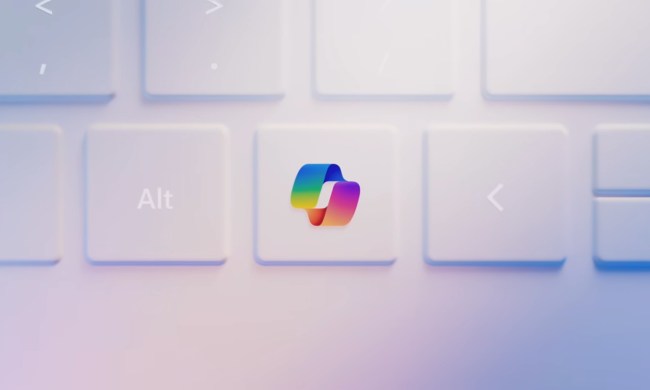Although Microsoft has had a rocky relationship with the Start Menu in the past, it was born with Windows 95 as a way to help new users become acquainted with the interface. We may think of the Insider Preview for Windows 10 as a new idea, but Microsoft actually ran a beta program for Windows 95 as well. Users could participate in the preview program by purchasing a 3.5-inch floppy with a beta of Windows 95 on it for $19.95. Like the Insider Preview, these special copies expired in November of 1995.
One of the most iconic new features, perhaps unexpectedly, was the startup sound. The six second music clip, written by music legend Brian Eno, played when a Windows 95 system launched, took on a life of its own, and is still one of the most recognizable sounds in computing.
The redesigned user interface and new support for peripherals and network connectivity drove Windows 95 to become one of the most well-known operating systems of all time. Its success was so great it helped drive anti-trust lawsuits against Microsoft, and shaped every modern OS in one way or another. Microsoft ended support for Windows 95 on December 31, 2001, and although we’re sure they’re out there, NetMarketShare doesn’t report on the number of Windows 95 machines still in use. Happy 20th to Windows 95, next year the first round is on us.


